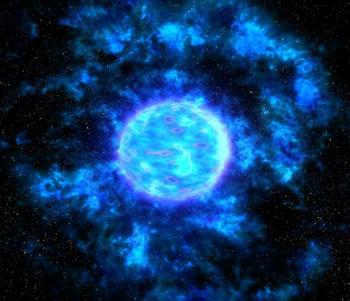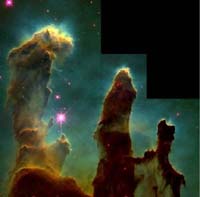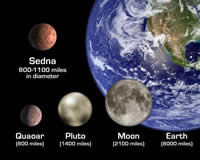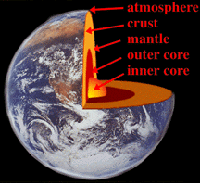Essentially, a compound microscope consists of structural and optical components. However, within these two basic systems, there are some essential components that every microscopist should know and understand.
These key microscope parts are illustrated and explained below.
STRUCTURAL COMPONENTS
The three basic structural components of a compound microscope are the head, base and arm.
- Head/Body houses the optical parts in the upper part of the microscope
- Base of the microscope supports the microscope and houses the illuminator
- Arm connects to the base and supports the microscope head. It is also used to carry the microscope.
When carrying a compound microscope always take care to lift it by both the arm and base, simultaneously.
OPTICAL COMPONENTS
There are two optical systems in a compound microscope: Eyepiece Lenses and Objective Lenses:
Eyepiece or Ocular is what you look through at the top of the microscope. Typically, standard eyepieces have a magnifying power of 10x. Optional eyepieces of varying powers are available, typically from 5x-30x.
Objective Lenses are the primary optical lenses on a microscope. They range from 4x-100x and typically, include, three, four or five on lens on most microscopes. Objectives can be forward or rear-facing.
Nosepiece houses the objectives. The objectives are exposed and are mounted on a
rotating turret so that different objectives can be conveniently selected. Standard objectives include 4x, 10x, 40x and 100x although different power objectives are available.
Coarse and Fine Focus knobs are used to focus the microscope. Increasingly, they are
coaxial knobs - that is to say they are built on the same axis with the fine focus knob on the outside. Coaxial focus knobs are more convenient since the viewer does not have to grope for a different knob.
Stage is where the specimen to be viewed is placed. A mechanical stage is used when working at higher magnifications where delicate movements of the specimen slide are required.
Stage Clips are used when there is no mechanical stage. The viewer is required to move the slide manually to view different sections of the specimen.
Aperture is the hole in the stage through which the base (transmitted) light reaches the stage.
Illuminator is the light source for a microscope, typically located in the base of the microscope. Most light microscopes use low voltage, halogen bulbs with continuous variable lighting control located within the base.
Condenser is used to collect and focus the light from the illuminator on to the specimen. It is located under the stage often in conjunction with an iris diaphragm.
Iris Diaphragm controls the amount of light reaching the specimen. It is located above the condenser and below the stage. Most high quality microscopes include an Abbe condenser with an iris diaphragm. Combined, they control both the focus and quantity of light applied to the specimen.
Condenser Focus Knob moves the condenser up or down to control the lighting focus on the specimen.



























 BIG PIC: Could Observatory Lasers Damage Satellites?
BIG PIC: Could Observatory Lasers Damage Satellites?








 Stars may not be alive in the same way that we are, but they do have a beginning, a middle and an end to their existence. It just happens that a star’s lifetime is measured in many millions or billions of years. Since we tend to hang out around in life for less than a century, stars seem unchanging to us.
Stars may not be alive in the same way that we are, but they do have a beginning, a middle and an end to their existence. It just happens that a star’s lifetime is measured in many millions or billions of years. Since we tend to hang out around in life for less than a century, stars seem unchanging to us.

 When our Sun formed from a nebula in this region of space, it gobbled up nearly all of the material for itself. The key word here is “nearly”, which means that some material was left over after the Sun was created. However, if the mass of the solar system was converted into one dollar, the Sun would be worth more than 99 cents, and all the planets, moons, asteroids and comets put together would total less than one penny!
When our Sun formed from a nebula in this region of space, it gobbled up nearly all of the material for itself. The key word here is “nearly”, which means that some material was left over after the Sun was created. However, if the mass of the solar system was converted into one dollar, the Sun would be worth more than 99 cents, and all the planets, moons, asteroids and comets put together would total less than one penny!
 This explains why the inner planets of Mercury, Venus, Earth and Mars are dense, rocky planets and the outer planets of Jupiter, Saturn, Uranus (which, by the way, is properly pronounced ’YUR-uh-nis’) and Neptune are gas giants. Pluto, while still called a planet, resembles more closely the body of objects being classified as Kuiper Belt Objects. These distant objects are more like giant comets and are apparently made of materials light enough to be blown out past Neptune’s orbit.
This explains why the inner planets of Mercury, Venus, Earth and Mars are dense, rocky planets and the outer planets of Jupiter, Saturn, Uranus (which, by the way, is properly pronounced ’YUR-uh-nis’) and Neptune are gas giants. Pluto, while still called a planet, resembles more closely the body of objects being classified as Kuiper Belt Objects. These distant objects are more like giant comets and are apparently made of materials light enough to be blown out past Neptune’s orbit.
 Seeing that New Hampshire is located on Earth, let’s concentrate now on our planet’s development. Earth is one of the inner planets and is made up of the denser (heavier) elements that were left over after the Sun was formed. The current accepted theory for planet development is known as the
Seeing that New Hampshire is located on Earth, let’s concentrate now on our planet’s development. Earth is one of the inner planets and is made up of the denser (heavier) elements that were left over after the Sun was formed. The current accepted theory for planet development is known as the

